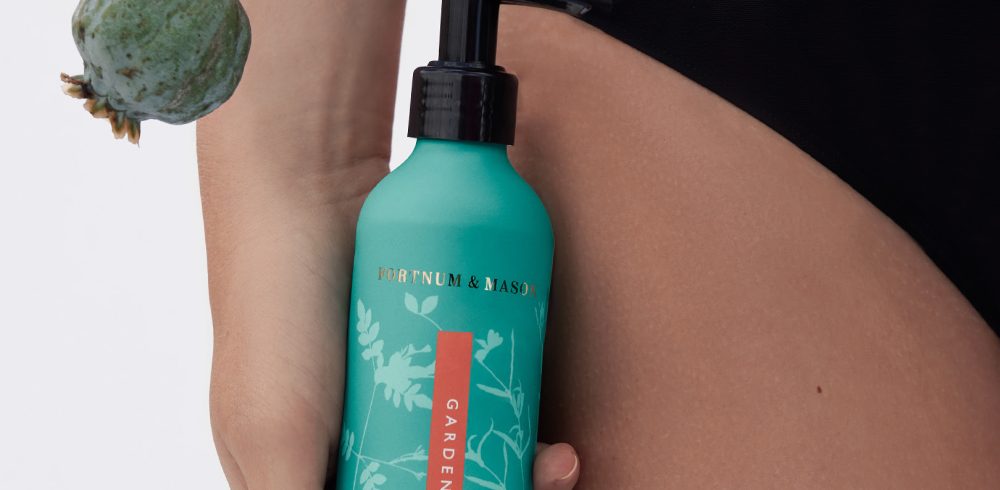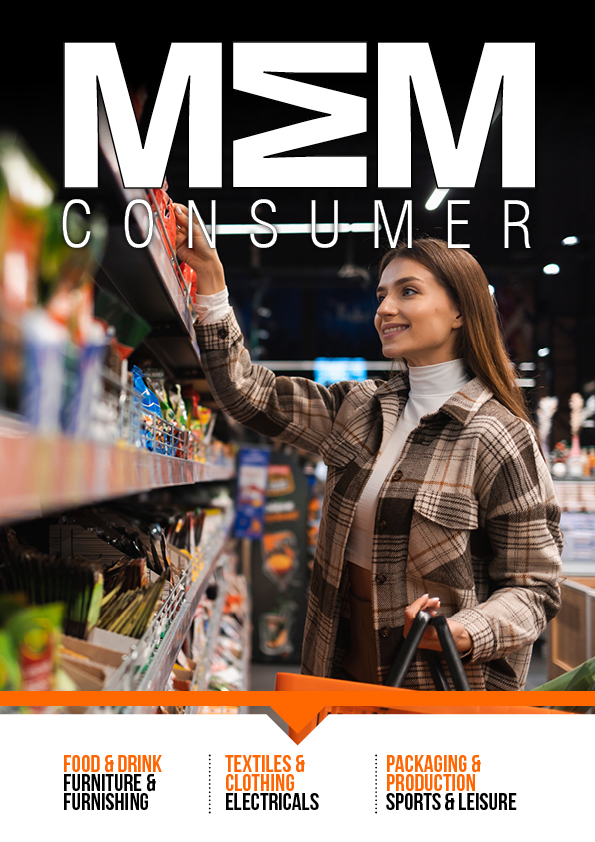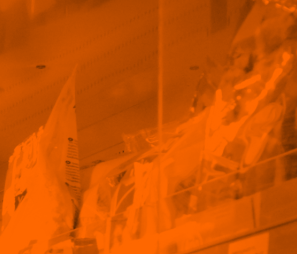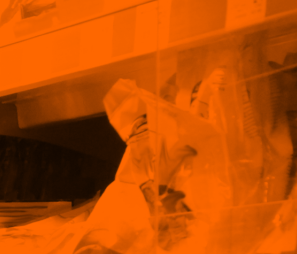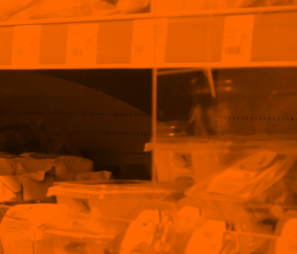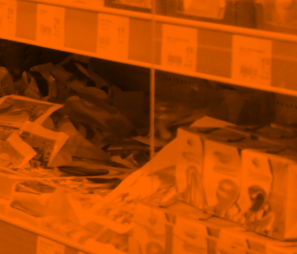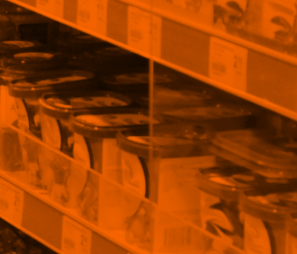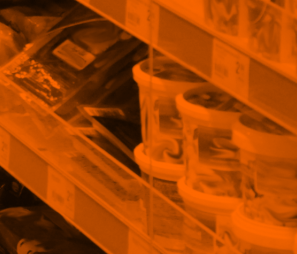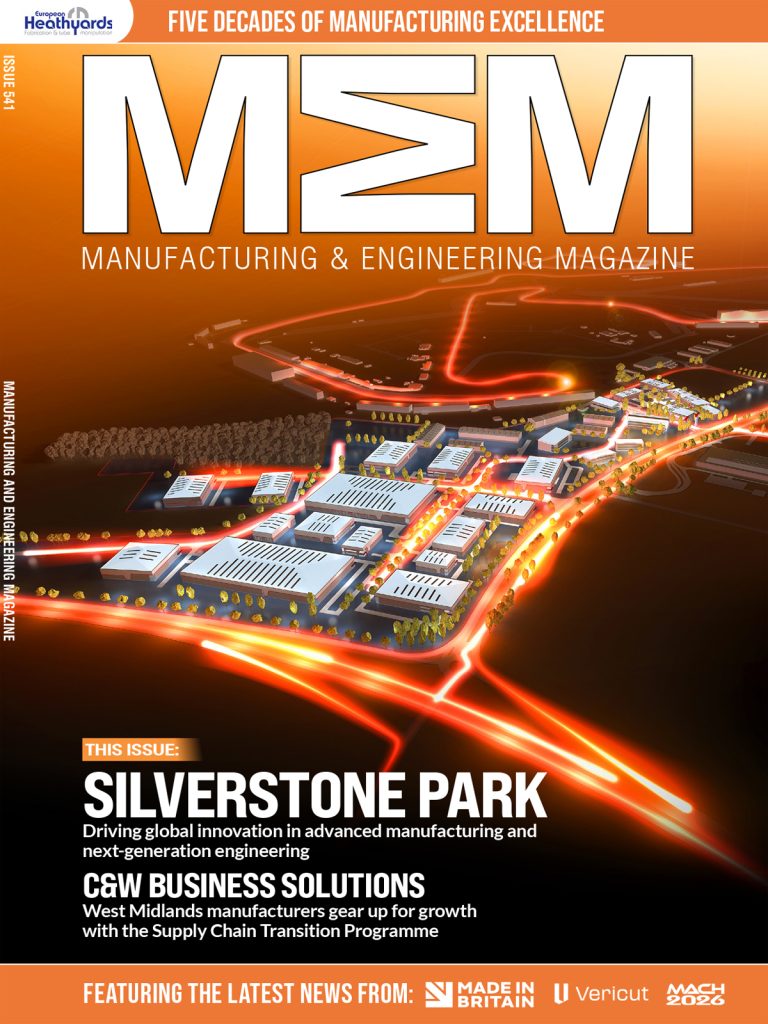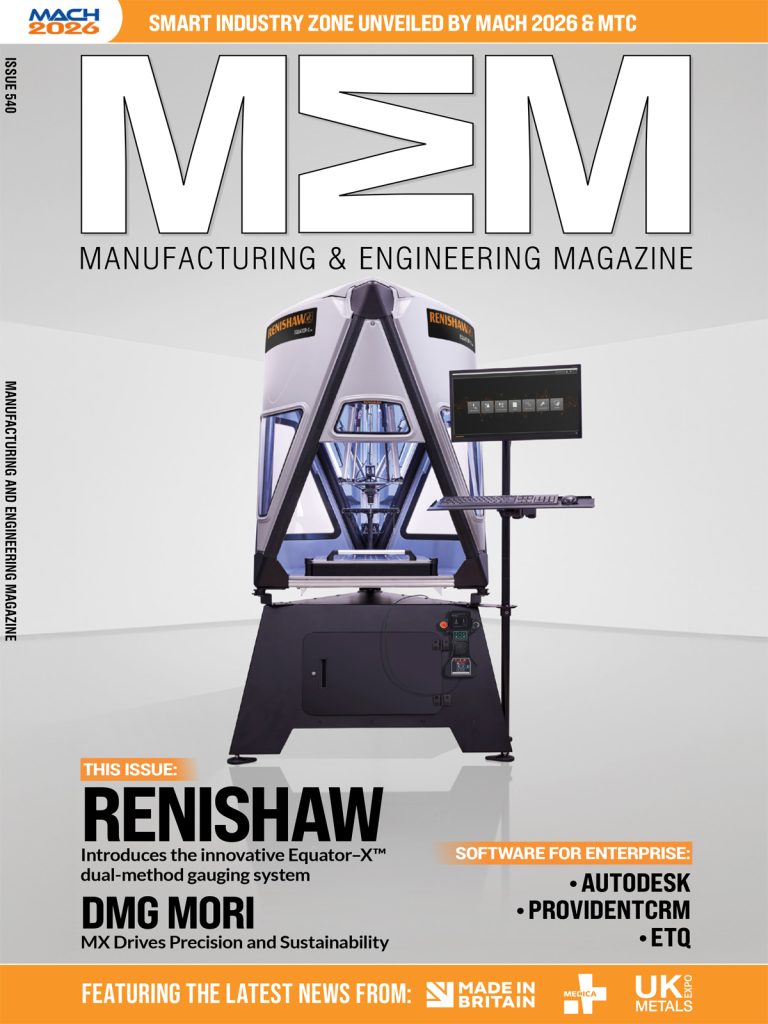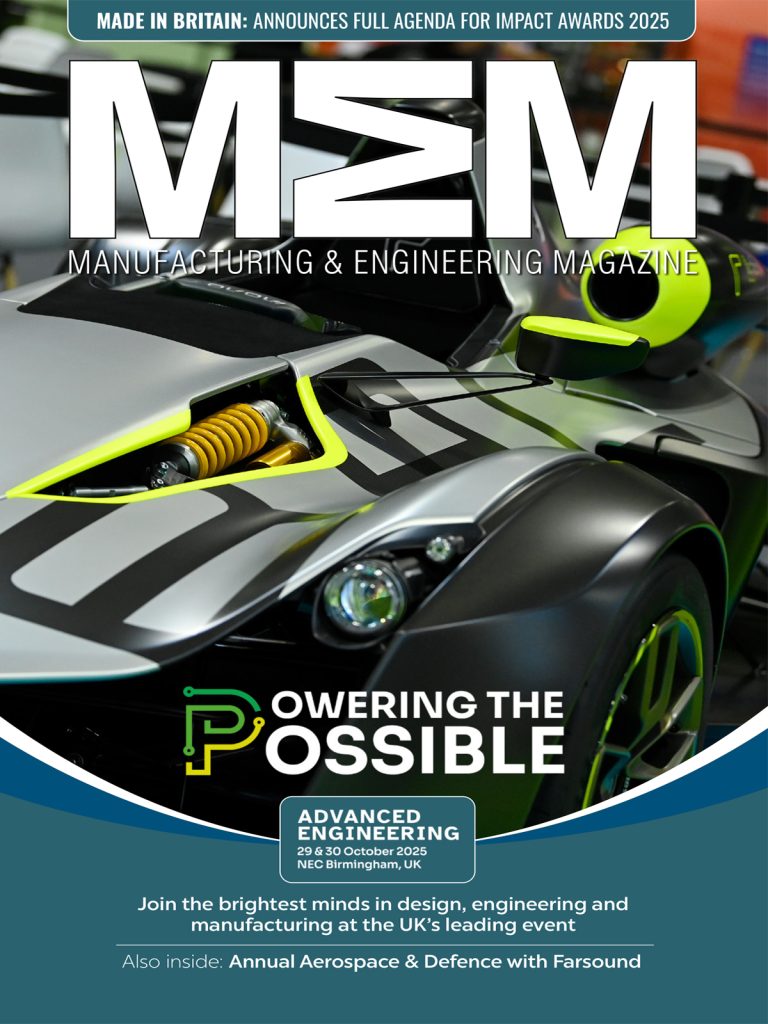– Mark Paton on utility, heritage, and the alchemy of design –
Ahead of London Packaging Week 2025, Mark Paton, Co-Founder of Here Design, shares his insights on heritage, innovation, and storytelling in packaging.
There is a quiet magic in the act of opening a package. A moment suspended between expectation and revelation, where texture meets typography, and colour, material, and form conspire to create something that feels alive. In those fleeting seconds, a brand becomes more than a name; it becomes an experience, a ritual, a memory. Few understand this as intuitively as Mark Paton, Co-Founder and Creative Partner at Here Design.
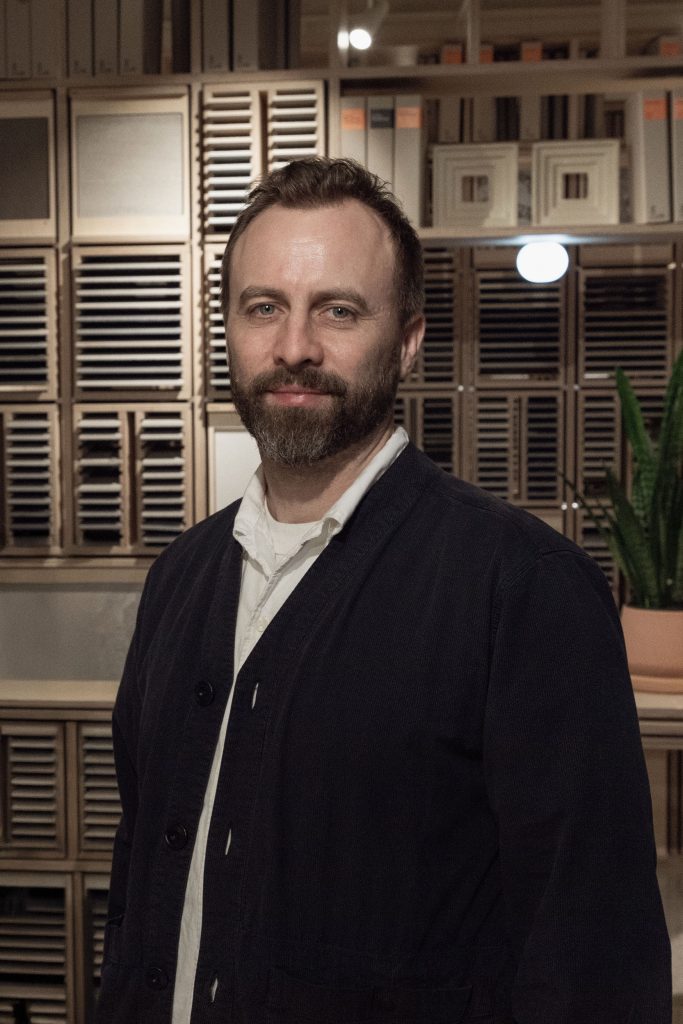
Mark co-founded Here Design in 2005, shaping it into a globally recognised studio celebrated for its craft, strategy, and storytelling. Under his leadership, Here became a B-Corp in 2022, cementing a commitment to responsible and enduring design. Mark specialises in hospitality, drinks, and luxury, leading projects for the award-winning Fife Arms, Glenfiddich, Bacardi, Kininvie Whisky, among many others. His work balances meticulous craft with strategic vision, and he is deeply passionate about design’s cultural impact, having shared his insights at events including the Typographic Circle.
This October, Mark brings that expertise to London Packaging Week, appearing on the Luxury Stage for the session Brands to Watch: Businesses Blowing Up, taking place on Thursday, 16 October from 11:30 AM to 12:15 PM. There, he will explore the intersection of heritage, innovation, and storytelling through design, offering attendees a rare insight into how world-class brands are using packaging to spark imagination, convey culture, and create enduring emotional connection. The session promises not only to illuminate the craft of design but to show its role in shaping how brands live, breathe, and endure in today’s complex, fast-moving market.
“Our philosophy is this idea of Beautility, which is about using design to make good choices desirable,” he begins. “You need design to function—it can’t fall apart, it has to protect the goods—but there’s also an amazing opportunity to create desire with a rich experience, which adds to the rituals of the brand, or builds deeper storytelling. It’s about sparking ideas in someone’s imagination no matter the industry.”
Start-ups as catalysts
Paton sees much of today’s innovation driven by start-ups. Smaller, nimble brands, he explains, are unencumbered by the complex logistics and legacy systems that often slow down large corporations. They can experiment boldly, taking creative risks that capture the imagination of their audiences.
“I think the start-up culture is sort of driving that,” he notes. “Quite often they might be working with some restrictions—they won’t have the same facilities or wallets as the big guys—but they’re still able to do something original that connects with the audience. Big brands are having to look and learn from start-ups, which are unencumbered by complex logistics. They can do something a bit more inventive and capture people’s imagination better.”
This trend is visible in corporate behaviour. Large companies are increasingly acquiring these agile, innovative brands rather than trying to create them internally. Paton sees this as both an admission and an opportunity. “The recent acquisition of brands like Wild or Poppi shows that larger corporations often cannot generate these credible, original brands themselves,” he says. “They acquire them instead, while sometimes divesting older IP—a kind of quiet concession to the fact that their own innovation engines weren’t able to deliver in the same way.”
Heritage as a living asset
Yet Paton is equally passionate about heritage. For him, historical brands are not just relics; they are repositories of cultural memory and emotional connection. Reviving them requires a delicate balance: respecting the past while embracing contemporary relevance.
“If you don’t feed new ideas into your heritage, you’ll lose it,” he warns. “A lot of historical brands hold a lot of love from their audience—they just need to be open-minded about how they reinvent themselves.”
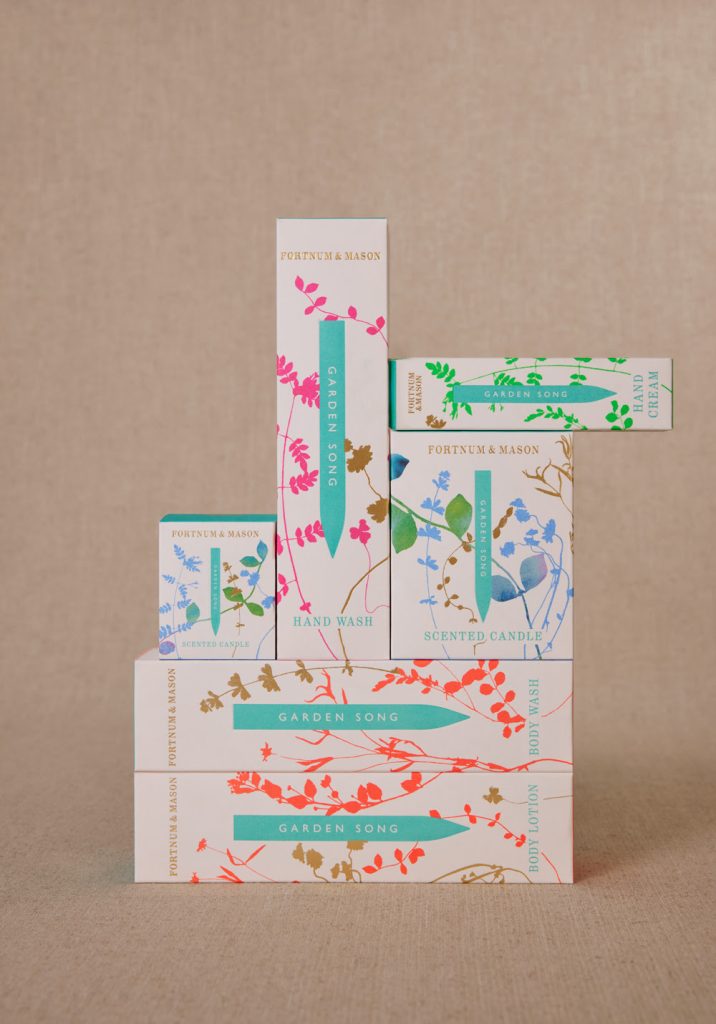
Ironically, many heritage brands already carry strong equities, but they don’t recognise the potential. Here often receives briefs to create designs that signal “establishedness,” so those heritage brands in many ways often at an advantage even if that is not how it is perceived. “Fortnum & Mason is an example of recognizing the value of history and re-inventing it,” he notes. “They’re a definitive heritage brand, but they still manage to have fun and invest in design consistently, which sustains them. You have to pour originality into a brand to keep it alive; that’s what differentiates those that endure from those that stagnate.”
Even so, corporate caution can impede experimentation. Public scrutiny and career pressures may cause marketers to avoid risk. “There’s a reticence to stick your neck out,” Paton observes. “If you’re building a career in marketing, you might not want to reinvent a brand and risk failing. But there are people who genuinely love the brands they’re promoting and have the self-belief to do something interesting.”
Packaging at the centre of communication
The role of packaging has shifted dramatically over the last decade. Once seen as a peripheral, functional aspect of brand identity, it now sits at the heart of communication strategy. Packaging is now often the primary interface between a brand and its audience.
“When I started, packaging was seen as a more functional aspect of a brand that had to happen,” Paton reflects. “Now, packaging briefs are tied to wider communication. Clients realise that a well-invested packaging redesign reinforces brand equities and amplifies performance across every media channel. We’re increasingly asked not just to design the pack, but to think about the toolkit it creates: how it links to digital campaigns, to key visuals, to animated storytelling.”
This integration of physical and digital storytelling transforms packaging into a multiplier for brand investment. Paton cites an upcoming project where generative art informed both the pack design and its digital narrative. “Using generative algorithms, the pack comes alive online, telling a story about who created it and how it works,” he says. “The physical and digital layers feed off each other, amplifying both impact and ROI. This forces us as designers to think broadly, to create packaging that performs on shelf while opening doors to richer storytelling.”
Lessons from history
History is not just inspiration; it is a toolkit. Paton often looks to past designs to solve modern challenges elegantly. He cites the recent packaging update for Ecover dishwasher tablets, for example, condensed multiple tablets into the smallest possible format, a solution reminiscent of wartime packaging ingenuity. “It’s clever innovation—saving material, shipping costs, and carbon,” he notes. “Sometimes, the answer to a modern problem is hidden in the past.”
The historical lens also reveals the playfulness and imagination that can elevate packaging from functional to memorable. Paton admires the creative energy of early commercial art and packaging, from Cadbury’s iconic purple to Campbell’s soup tins, where joy, wit, and inventiveness were central. “Similarly, new brands today like Botivo are playful and don’t take themselves too seriously,” he observes. “There’s a fun expression in their design, a commercial-art approach that resonates with their audience.”
Endurance and restraint
Innovation must always balance with longevity. Packaging faces a unique challenge: it must endure, remain legible and recognisable, and resist passing trends. Paton cites the 2012 Bacardi redesign as an example of how looking backwards can secure long-term relevance.
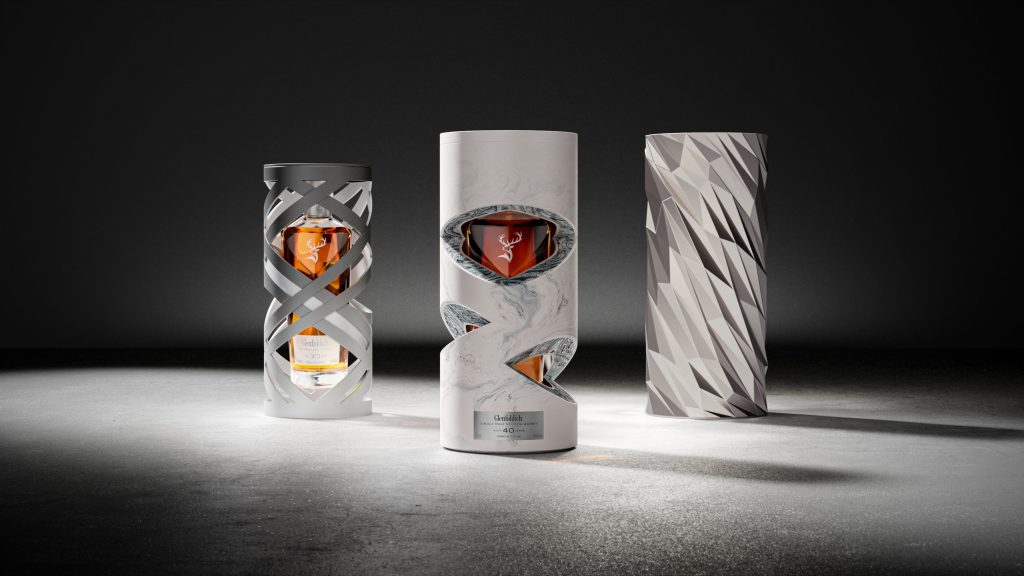
“Rum has soul—it’s warm, rich, sultry. In redesigning Bacardi, we jumped into the archives to restore that soul. Ironically, this backwards-looking approach has helped the pack endure, because it’s not trying too hard to be of-the-moment.”
Creating packaging that lasts requires restraint and disciplined thinking. “You don’t want to redesign your pack every two years,” Paton explains. “You need fundamental equities that can endure, so that even if you tweak the pack, its core identity remains intact. That’s the balance between relevance and longevity.”
The tangible thrill of packaging
Despite the dominance of digital media, the tactile nature of packaging remains a powerful draw. Paton recalls judging the D&AD packaging category and being struck by the way physical samples command attention.
“Packaging is one of the few physical judging categories,” he says. “You can pick things up, see how they open, and interact with them. It’s a very different proposition from evaluating videos or digital ads. The real-world presence of a pack adds immeasurable richness.”
This physicality is also a creative catalyst. The weight, texture, fold, and finish of a pack inform design decisions in ways digital mock-ups cannot replicate. It deepens storytelling, strengthens emotional connection, and ultimately transforms the consumer experience.
Packaging as Cultural Conduit
For Paton, packaging occupies a singular position in modern design: it is functional, expressive, and cultural. It embodies the soul of a brand, linking heritage and innovation while mediating the consumer’s experience of a product. From start-ups to heritage giants, from physical presence to digital storytelling, packaging is the nexus where creativity, commerce, and culture converge.
“Packaging is so central now because it’s physical, it’s tangible, it’s consistent,” Paton concludes. “It has to perform on the shelf, but it can also become the hub for storytelling. When you get it right, it sparks imagination, it endures, and it multiplies the value of everything around it. That’s the sweet spot we always aim for.”
In the end, Paton’s philosophy reminds us that packaging is more than a container. It is poetry, ritual, and alchemy, a fusion of function and imagination that transforms the mundane into the extraordinary. It is the quiet art that holds a brand’s soul, shapes consumer perception, and, in its finest moments, stops people in their tracks.
Experience this thinking in action: join Mark Paton and the industry’s brightest minds at London Packaging Week, taking place at Excel London on 15 & 16 October 2025. From luxury to FMCG, from startups to heritage icons, it’s the event where design, innovation, and storytelling converge, and where the future of packaging is being shaped in real time.
Manufacturing & Engineering Magazine | The Home of Manufacturing Industry News




